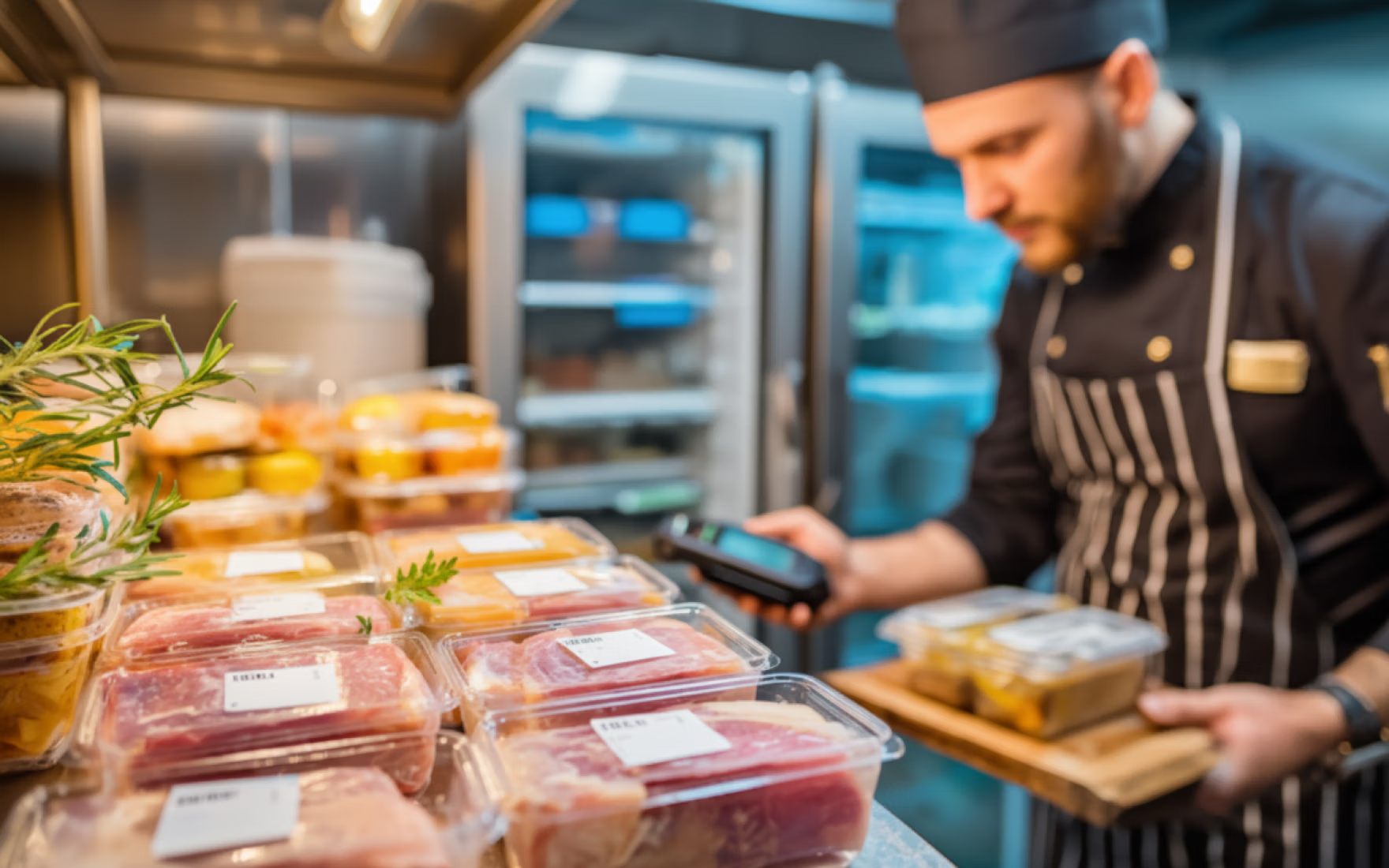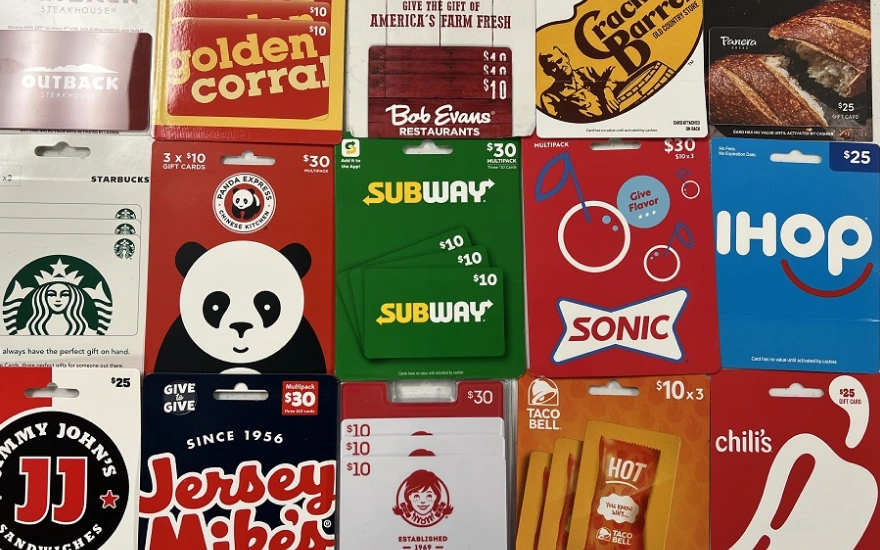How Will Carney's Policies Impact the Restaurant Industry?

With the recent Canadian election bringing Mark Carney and the Liberal Party into power, many industries are watching closely to see how policy changes will unfold. One industry particularly poised for disruption or opportunity is the restaurant and hospitality sector. Though Carney's campaign platform was vague regarding specific policies directly addressing restaurants, broader economic themes like inflation, immigration, trade, and tourism will inevitably shape the industry's future. Here’s a comprehensive look at how his policies could influence restaurateurs in Canada.
Inflation and Economic Policy: The Cost of Doing Business
Carney has pledged to address Canada's cost-of-living crisis, emphasizing the need for economic resilience and reduced dependency on volatile international markets. However, specific strategies to combat inflation remain limited in public disclosures. The ongoing trade tensions with the U.S., marked by reciprocal tariffs, threaten to exacerbate inflationary pressures, especially on imported goods essential to the restaurant industry, such as food and beverages.
For restaurateurs, rising costs of imported ingredients and equipment could lead to increased menu prices, potentially deterring cost-conscious consumers. Higher operational expenses may strain profit margins, particularly for small and medium-sized establishments.
Inflation has already had an impact on the cost of staples. Statistics Canada reports that food purchased from stores has risen by over 20% since 2020. For restaurants relying on U.S. imports, this could further accelerate price hikes.
The Bank of Canada’s cautious approach to rate reductions — signaling cuts only if inflation nears its 2% target — could prolong high financing costs, affecting expansion plans and cash flow for restaurateurs. If consumer spending weakens further due to cost-of-living pressures, restaurants may face dual headwinds of declining foot traffic and rising expenses.

Tariffs and U.S. Relations: A Recipe for Uncertainty
The Carney administration has adopted a firm stance against U.S. tariffs, implementing retaliatory measures on a wide array of American goods, including food and beverages. This trade conflict poses significant risks to the restaurant industry, which depends on the cross-border flow of goods and tourism.
Escalating Trade Tensions and Their Impact on the Restaurant Industry
The imposition of tariffs could lead to supply chain disruptions and increased costs for imported products, compelling restaurants to adjust their sourcing strategies or absorb higher expenses. For example, potential tariffs on U.S. dairy products could increase the cost of cheese and milk, essential ingredients for many Canadian dishes. Similarly, tariffs on U.S. meats and produce could force restaurants to seek alternative suppliers, potentially at higher costs.
To mitigate these challenges, the Canadian government has introduced temporary relief measures for businesses impacted by tariffs. These include the temporary remission of surtaxes applied on U.S. goods used as inputs in food and beverage manufacturing, processing, and packaging, in place until October 16, 2025. While these measures provide some respite, the long-term sustainability of such relief is uncertain, and businesses may still face financial strain.
Tourism Decline: A Double-Edged Sword for the Hospitality Sector
The strained Canada-U.S. relations may deter American tourists, a key customer base for many Canadian hospitality businesses. The Tourism Industry Association of Canada warns that a 10% reduction in U.S. visitors could result in a loss of 1.5 million tourists, adversely affecting revenue streams for restaurants in tourist-dependent regions.
Conversely, the decline in Canadian travel to the U.S. presents an opportunity for domestic tourism. With many Canadians opting to vacation within the country, restaurants and hospitality businesses can capitalize on this trend by offering promotions and experiences tailored to local tourists. However, this shift may not fully compensate for the loss of international visitors, and businesses must adapt their strategies accordingly.
Immigration Policy: Navigating Labor Shortages
In response to mounting pressures on housing and infrastructure, Prime Minister Mark Carney's administration has initiated significant reforms to Canada's immigration policies, aiming to reduce the number of temporary residents and recalibrate the Temporary Foreign Worker Program. These changes are poised to have profound implications for the restaurant and hospitality sectors, which have historically relied on temporary foreign workers to fill labor shortages.

A Shift Towards Reduced Temporary Immigration
The Canadian government has set a target to decrease the proportion of temporary residents from 6.8% to 5% of the total population by the end of 2026. This initiative includes a reduction in both permanent and temporary immigration numbers. Immigration Minister Marc Miller emphasized the necessity of these measures to prevent the overheating of the economy and to address the strain on housing and social services.
As part of this strategy, the number of new permanent residents is slated to decrease from 485,000 in 2024 to 365,000 by 2027. The Canadian government has also announced further restrictions on study and work permits for temporary residents, aiming to reduce the number of international students and foreign workers in the country.
Implications for the Restaurant Industry
The restaurant and hospitality sectors are among the industries most affected by these policy changes. Temporary Foreign Workers (TFWs) have been instrumental in filling roles such as kitchen staff, servers, and cleaners — positions that often face domestic labor shortages. With the new cap limiting TFWs to 10% of an employer's workforce under the Low-wage Stream, restaurants, especially in rural and tourist-dependent areas, may struggle to maintain adequate staffing levels.
Restaurants Canada, a national industry association, has expressed disappointment over the lack of consultation regarding these changes. They argue that while TFWs constitute only 3% of the industry's workforce, their contribution is vital to the operation of many establishments. The association warns that the new restrictions could exacerbate existing labor shortages and negatively impact service delivery.
Economic Consequences and Wage Pressures
The reduction in TFWs is expected to intensify competition for domestic labor, potentially driving up wages. For instance, Lewis Hart, owner of Laowai restaurant in Vancouver, predicts that wages for kitchen staff could rise from around $20 to over $30 per hour. Such increases may lead to higher menu prices, with Hart suggesting that consumers could see "$30 burgers" coming soon.
While higher wages benefit workers, they also pose challenges for restaurant owners operating on thin profit margins. The increased labor costs may force some establishments to reduce operating hours, limit menu offerings, or, in extreme cases, close their doors.
Calls for a Balanced Approach
Industry stakeholders are advocating for a more nuanced approach to immigration policy. They emphasize the need for flexibility to address regional labor market disparities and the importance of supporting businesses that genuinely require foreign workers. Restaurants Canada has proposed initiatives such as matching and training programs to connect job vacancies with unemployed newcomers holding open work permits.
There is a call for the government to consider sector-specific exemptions or adjustments to the Temporary Foreign Worker Program (TFWP) to ensure that critical industries like hospitality can continue to thrive while still achieving broader economic and social objectives.
Navigating the Uncertain Future
The ongoing trade tensions and their repercussions underscore the need for the restaurant industry to develop resilient strategies. Diversifying supply chains, investing in local sourcing, and adapting to changing consumer behaviors will be crucial in navigating this uncertain landscape. Continued dialogue between industry stakeholders and policymakers is essential to ensure that the sector's concerns are addressed in future trade negotiations.
With rising costs from new tariffs, Push can help restaurants stay profitable by streamlining labor management and reducing payroll expenses. Learn how Push can take your business from surviving to thriving!



